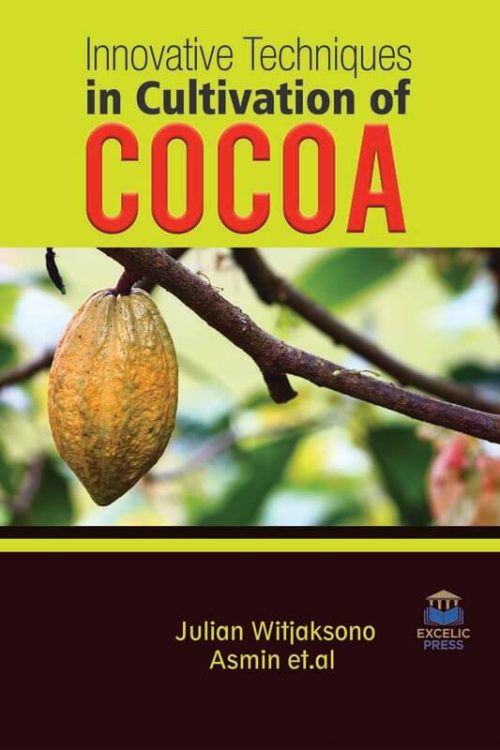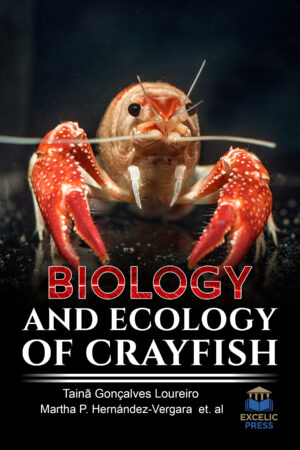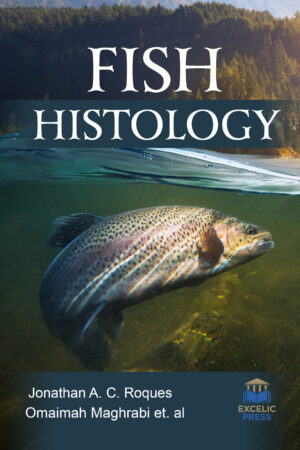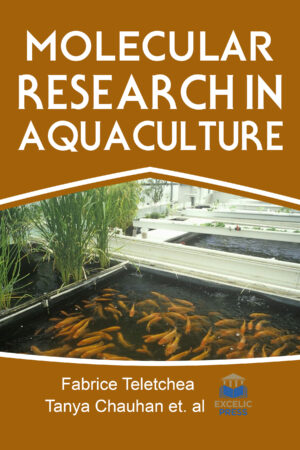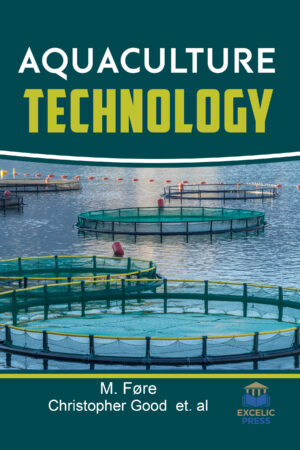Description
Agriculture is a diverse economic sector that produces food, fiber, material and energy commodities. In most regions, agricultural productivity is directly dependent on weather and climate conditions – more so than any other major economic sector. Climate change is a significant driver of change for food security because it threatens food production and its stability as well as other aspects of food systems such as storage, food access, and utilization. Therefore, agriculture must change to meet the rising demand, to contribute more effectively to the reduction of poverty and malnutrition, and to become ecologically more sustainable.
This book comprises research addressing the issues in areas like breeding and agronomy, managing and controlling the range of diseases affecting cocoa as well as post-harvesting methods. Historically, cocoa has played an important role in supporting economic development as an export commodity. However, cocoa production has recently encountered various problems. These problems are manifold: plant pests and diseases, such as the cocoa pod borer, vascular streak dieback, and cocoa black pod disease; a decrease in productivity; poor quality of cocoa beans and old cocoa plants; and sub-optimal management of land resources. This book presents the analysis the factors influencing the efficiency of cocoa farms.
This book suggests that the availability of extension and training provided to farmers as well as support for women farmer groups should be increased. Credit programs are also important for cocoa farmers, so policymakers should develop programs that make production credit more accessible for farmers, especially through cooperatives and banks. Therefore, increased and effective extension and credit services are recommended to enhance the adoption of organic cocoa production. It also presents an emphasis on the use of pesticides in the cocoa industry and their impact on the environment and the food chain. The book closes with a study that aims to evaluate the effect of storage and mucilage on seed germination, seedling growth, and seedling root system architecture (RSA) of cocoa in the nursery under replete water supply conditions. This book will be of immense interest to students and practitioners working in the associated field and, moreover, may provide new concepts and starting topics for future researches.

